Dirk Vanhoudt
SHEDAD: SNN-Enhanced District Heating Anomaly Detection for Urban Substations
Aug 23, 2024Abstract:District Heating (DH) systems are essential for energy-efficient urban heating. However, despite the advancements in automated fault detection and diagnosis (FDD), DH still faces challenges in operational faults that impact efficiency. This study introduces the Shared Nearest Neighbor Enhanced District Heating Anomaly Detection (SHEDAD) approach, designed to approximate the DH network topology and allow for local anomaly detection without disclosing sensitive information, such as substation locations. The approach leverages a multi-adaptive k-Nearest Neighbor (k-NN) graph to improve the initial neighborhood creation. Moreover, it introduces a merging technique that reduces noise and eliminates trivial edges. We use the Median Absolute Deviation (MAD) and modified z-scores to flag anomalous substations. The results reveal that SHEDAD outperforms traditional clustering methods, achieving significantly lower intra-cluster variance and distance. Additionally, SHEDAD effectively isolates and identifies two distinct categories of anomalies: supply temperatures and substation performance. We identified 30 anomalous substations and reached a sensitivity of approximately 65\% and specificity of approximately 97\%. By focusing on this subset of poor-performing substations in the network, SHEDAD enables more targeted and effective maintenance interventions, which can reduce energy usage while optimizing network performance.
Operational thermal load forecasting in district heating networks using machine learning and expert advice
Oct 17, 2017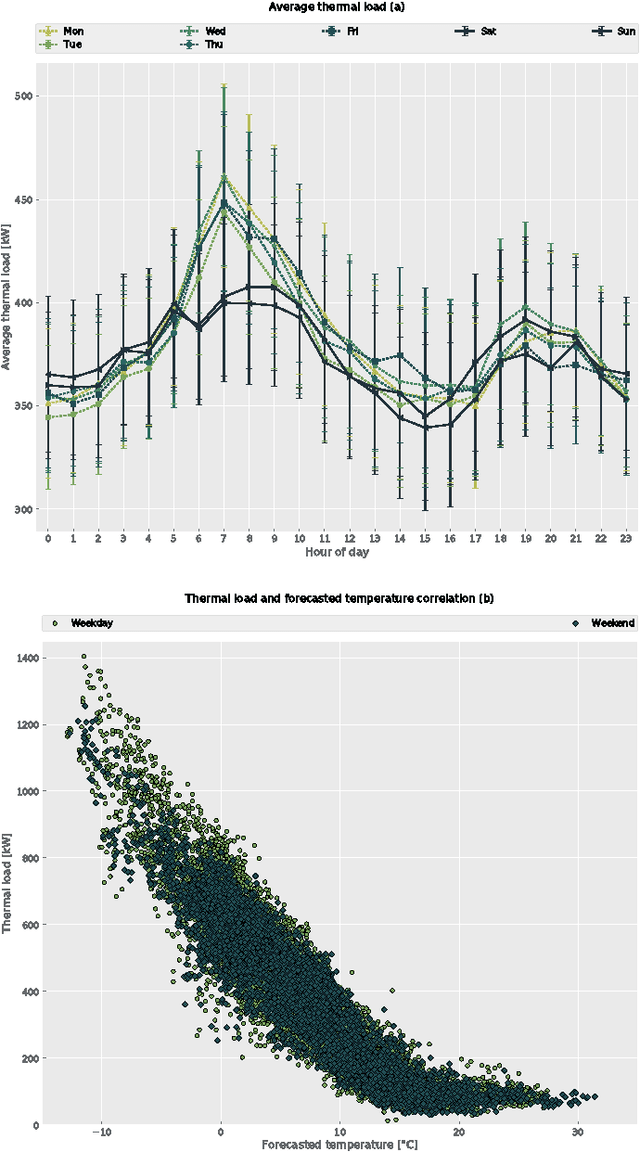

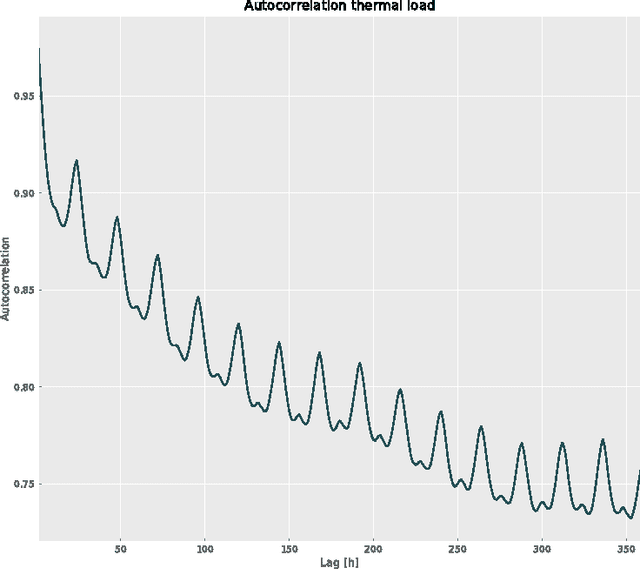

Abstract:Forecasting thermal load is a key component for the majority of optimization solutions for controlling district heating and cooling systems. Recent studies have analysed the results of a number of data-driven methods applied to thermal load forecasting, this paper presents the results of combining a collection of these individual methods in an expert system. The expert system will combine multiple thermal load forecasts in a way that it always tracks the best expert in the system. This solution is tested and validated using a thermal load dataset of 27 months obtained from 10 residential buildings located in Rottne, Sweden together with outdoor temperature information received from a weather forecast service. The expert system is composed of the following data-driven methods: linear regression, extremely randomized trees regression, feed-forward neural network and support vector machine. The results of the proposed solution are compared with the results of the individual methods.
Model-Free Control of Thermostatically Controlled Loads Connected to a District Heating Network
Feb 24, 2017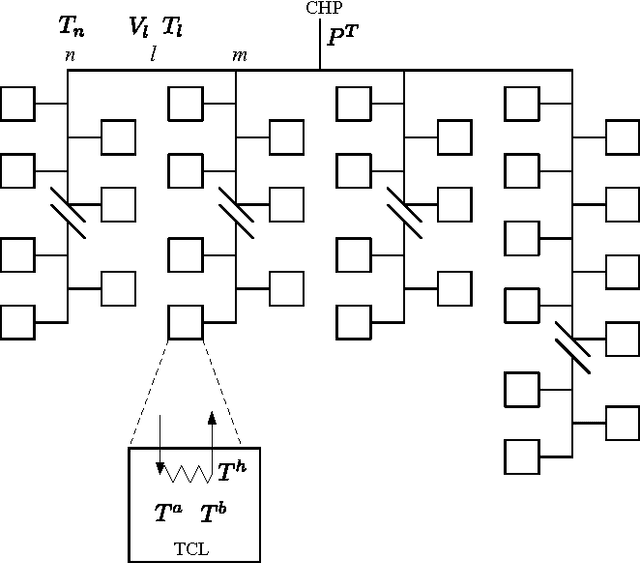
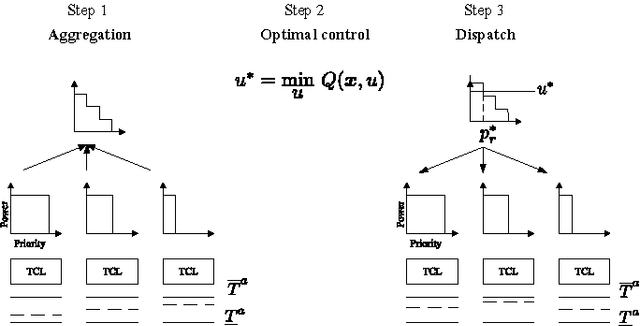
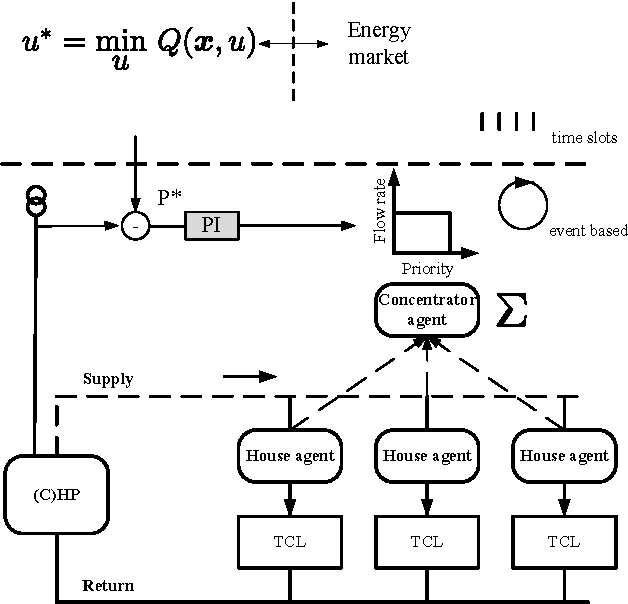
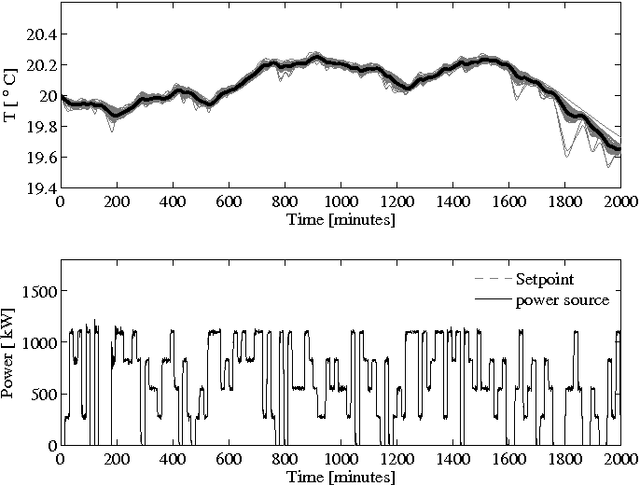
Abstract:Optimal control of thermostatically controlled loads connected to a district heating network is considered a sequential decision- making problem under uncertainty. The practicality of a direct model-based approach is compromised by two challenges, namely scalability due to the large dimensionality of the problem and the system identification required to identify an accurate model. To help in mitigating these problems, this paper leverages on recent developments in reinforcement learning in combination with a market-based multi-agent system to obtain a scalable solution that obtains a significant performance improvement in a practical learning time. The control approach is applied on a scenario comprising 100 thermostatically controlled loads connected to a radial district heating network supplied by a central combined heat and power plant. Both for an energy arbitrage and a peak shaving objective, the control approach requires 60 days to obtain a performance within 65% of a theoretical lower bound on the cost.
 Add to Chrome
Add to Chrome Add to Firefox
Add to Firefox Add to Edge
Add to Edge